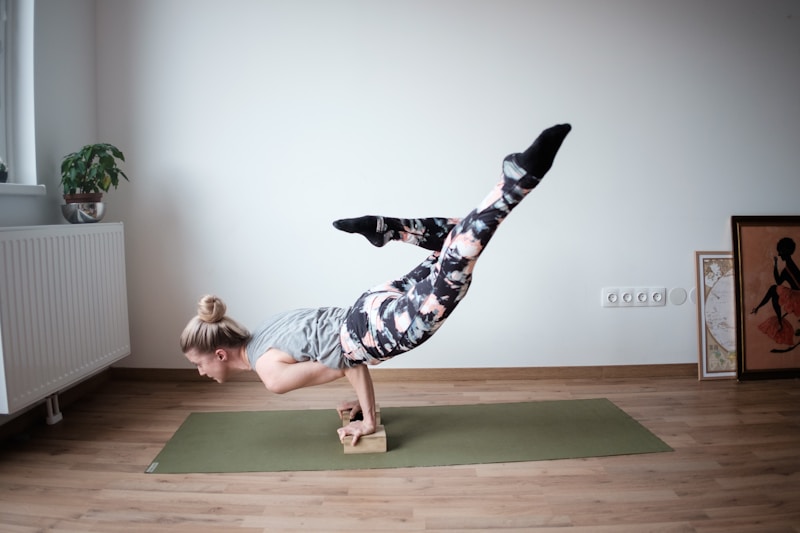Understanding Fabric Flow and Movement: A Complete Guide for Designers
Introduction to Fabric Flow and Movement
When it comes to fashion design and textile creation, the terms fabric flow and movement play a crucial role in determining the overall aesthetic and functionality of a garment. Understanding how different fabrics behave in terms of flow and movement can significantly impact your designs. In this article, we will explore what fabric flow and movement entail, the factors that influence them, and practical tips on how to leverage these concepts in your work.
What is Fabric Flow?
Fabric flow refers to the way a textile drapes and falls on the body. It depends on several factors, including fabric weight, structure, and weave. A fabric with good flow will have a soft, graceful feel, allowing it to move naturally with the wearer's body. Designers often strive for a balance between structure and flow to create visually stunning pieces that are still comfortable to wear.
Factors Influencing Fabric Flow
Several key elements determine how a fabric flows:
- Weight: Heavier materials tend to hang differently than lighter fabrics. For instance, chiffon flows softly, while denim offers a more rigid structure.
- Texture: The texture of the fabric can affect its drape. Silks and satins generally flow smoothly, while rigid fabrics like canvas may not have the same fluidity.
- Fiber Content: The type of fibers used in a fabric (natural vs. synthetic) can significantly influence its flow. For example, cotton tends to be more structured, while rayon has a luxurious fall.
Understanding Movement in Fabric
Movement in fabric refers to how the fabric reacts to motion. This includes how it stretches, shifts, and returns to its original shape after being manipulated. Movement is critical for garments that require flexibility and comfort, such as activewear and dance attire.
Key Considerations for Fabric Movement
When evaluating fabric movement, consider the following:
- Elasticity: Stretch fabrics like spandex allow for greater movement and are essential for fitted designs.
- Stability: Stable fabrics maintain their shape well, providing support where necessary, such as in structured dresses or tailored suits.
- Layering: The way fabrics interact when layered can create unique movement effects, such as the swaying of a skirt made from multiple lightweight materials.
Choosing the Right Fabrics
Selecting the appropriate fabric is crucial for achieving optimal flow and movement. Here are some popular fabric choices and their characteristics:
| Fabric | Flow Characteristics | Movement Characteristics |
| Silk | Graceful and soft drape | Fluid; minimal resistance |
| Chiffon | Lightweight with sheer quality | Gentle movement; tends to float |
| Denim | Structured and rigid | Limited natural movement |
| Spandex | Naturally stretchy | High elasticity for fitted garments |
Practical Tips for Designers
To effectively incorporate fabric flow and movement into your designs, consider the following tips:
- Experiment: Try out different fabrics to see how they behave when draped on a dress form. This experimentation will allow you to better understand the challenges and possibilities associated with each material.
- Observe Movement: Pay attention to how fabrics move when worn or when garments are in motion. This will help inform your design decisions.
- Use Technology: Advanced software can simulate fabric movement, providing insights into flow and drape before physical samples are made.
Conclusion
In summary, understanding fabric flow and movement is essential for any fashion designer looking to create aesthetically pleasing and functional garments. The right fabric choice, combined with a thorough understanding of how various textiles behave, can significantly impact the success of your designs. Remember to continuously experiment, observe, and leverage technology to enhance your skills and create stunning, flowing pieces.
As you continue your journey in fashion design, keep an eye on the latest developments in fabric technology and trends to stay ahead of the curve. Whether you are designing for casual wear or formal attire, mastering fabric flow and movement will allow you to craft exceptional garments that leave a lasting impression.
